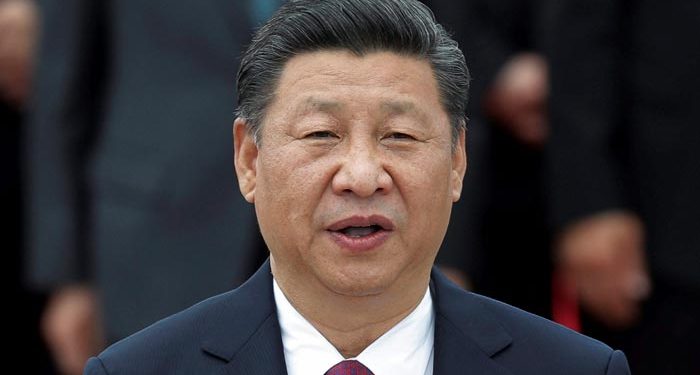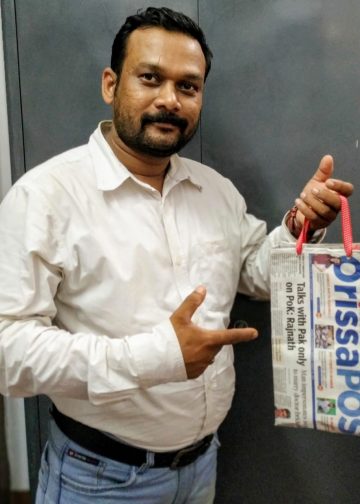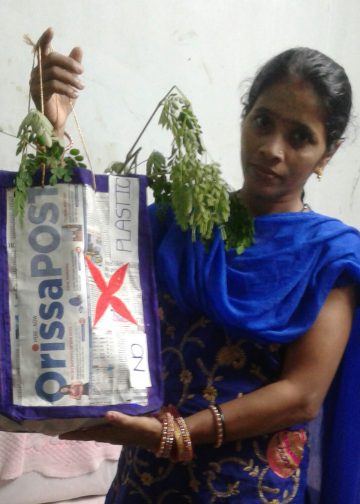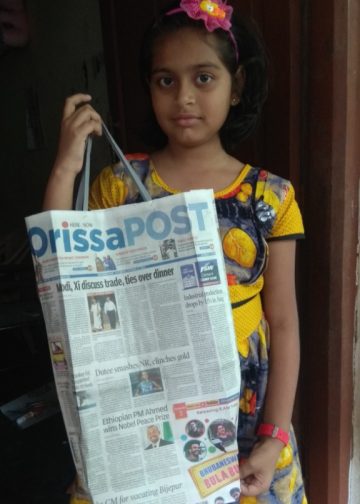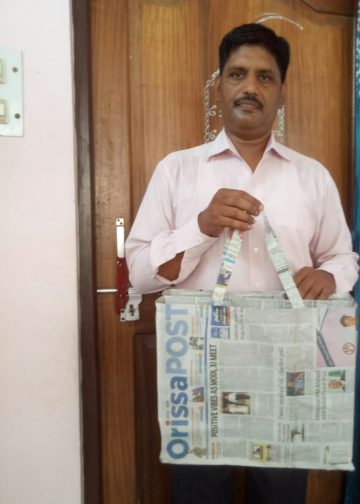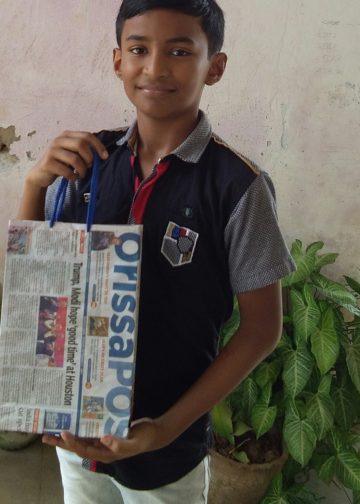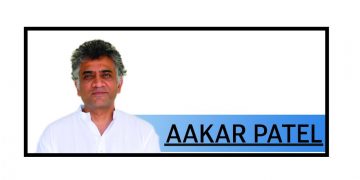Brahma Chellaney
China’s foreign minister Wang Yi recently declared that aggression and expansionism have never been in the Chinese nation’s “genes.” It is almost astonishing that he managed to say it with a straight face. Aggression and expansionism obviously are not genetic traits, but they have defined President Xi Jinping’s tenure.
Xi, who in some ways has taken up the expansionist mantle of Mao Zedong, is attempting to implement a modern version of the tributary system that Chinese emperors used to establish authority over vassal states: submit to the emperor, and reap the benefits of peace and trade with the empire. For Xi, the Covid-19 pandemic – which has preoccupied the world’s governments for months – seemed like an ideal opportunity to make quick progress on his agenda. So, in April and May, he directed the People’s Liberation Army (PLA) to launch furtive incursions into the icy borderlands of India’s Ladakh region, where it proceeded to establish heavily fortified encampments.
It wasn’t nearly as clever a plan as Xi probably thought. Far from entrenching China’s regional preeminence, it has intensified the pushback by Indo-Pacific powers, which have deepened their security cooperation. This includes China’s most powerful competitor, the United States, thereby escalating a bilateral strategic confrontation that has technological, economic, diplomatic, and military dimensions. The spectre of international isolation and supply disruptions now looms over China, spurring Xi to announce plans to hoard mammoth quantities of mineral resources and agricultural products.
But Xi’s real miscalculation on the Himalayan border was vis-à-vis India, which has now abandoned its appeasement policy toward China. Not surprisingly, China remains committed to the PLA’s incursions, which it continues to portray as defensive actions. Late last month, Xi told senior officials to “solidify border defences” and “ensure frontier security” in the Himalayan region.
India, however, is ready to fight. In June, after the PLA ambushed and killed Indian soldiers patrolling Ladakh’s Galwan Valley, a hand-to-hand confrontation led to the deaths of numerous Chinese troops – the first PLA troops killed in action outside United Nations peacekeeping operations in over four decades. Xi was so embarrassed by this outcome that, whereas India honored its 20 fallen as martyrs, China refuses to state the precise death toll.
The truth is that, without the element of surprise, China is not equipped to dominate India in a military confrontation. And India is making sure that it will not be caught off guard again. It has now matched Chinese military deployments along the Himalayan frontier and activated its entire logistics network to transport the supplies needed to sustain the troops and equipment through the coming harsh winter.
In another blow to China, Indian special forces recently occupied strategic mountain positions overlooking key Chinese deployments on the southern side of Pangong Lake. Unlike the PLA, which prefers to encroach on undefended border areas, Indian forces carried out their operations right under China’s nose, in the midst of a major PLA buildup.
If that were not humiliating enough for China, India eagerly noted that the Special Frontier Force (SFF) that spearheaded the operation comprises Tibetan refugees. The Tibetan soldier who was killed by a landmine in the operation was honoured with a well-attended military funeral.
India’s message was clear: China’s claims to Tibet, which separated India and China until Mao Zedong’s regime annexed it in 1951, are not nearly as strong as it pretends they are. Tibetans view China as a brutally repressive occupying power, and those eager to fight the occupiers flocked to the SFF, established after Mao’s 1962 war with India.Here’s the rub: China’s claims to India’s vast Himalayan borderlands are based on their alleged historical links to Tibet. If China is merely occupying Tibet, how can it claim sovereignty over those borderlands?
In any case, Xi’s latest effort to gain control of territories that aren’t China’s to take has proven far more difficult to complete than it was to launch. As China’s actions in the South China Sea demonstrate, Xi prefers asymmetrical or hybrid warfare, which combines conventional and irregular tactics with psychological and media manipulation, disinformation, law-fare, and coercive diplomacy.
But while Xi managed to change the South China Sea’s geopolitical map without firing a shot, it seems clear that this will not work on China’s Himalayan border. Instead, Xi’s approach has placed the Sino-Indian relationship – crucial to regional stability – on a knife’s edge. Xi wants neither to back down nor to wage an open war, which is unlikely to yield the decisive victory he needs to restore his reputation after the border debacle.
China might have the world’s largest active-duty military force, but India’s is also massive. More important, India’s battle-hardened forces have experience in low-intensity conflicts at high altitudes; the PLA, by contrast, has had no combat experience since its disastrous 1979 invasion of Vietnam. Given this, a Sino-Indian war in the Himalayas would probably end in a stalemate, with both sides suffering heavy losses.
Xi seems to be hoping that he can simply wear India down. At a time when the Indian economy has registered its worst-ever contraction due to the still-escalating Covid-19 crisis, Xi has forced India to divert an increasing share of resources to national defence. Meanwhile, ceasefire violations by Pakistan, China’s close ally, have increased to a record high, raising the spectre of a two-front war for India. As some Chinese military analysts have suggested, Xi could use America’s preoccupation with its coming presidential election to carry out a quick, localized strike against India without seeking to start a war.
It seems less likely that India will wilt under Chinese pressure than that Xi will leave behind a legacy of costly blunders. With his Himalayan misadventure, he has provoked a powerful adversary and boxed himself into a corner.
The writer is Professor of Strategic Studies at the New Delhi-based Center for Policy Research and Fellow at the Robert Bosch Academy in Berlin. ©Project Syndicate.


